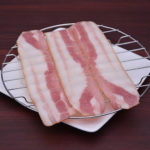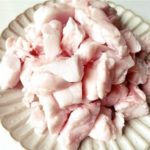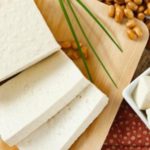Whether you’re making sponge cake or soft cookies, lard can take your finished product to a whole new level.
Not only does it add flavor, lard also contributes to the texture of your baked goods. The high melting point of lard can create pockets of steam during the baking process, resulting in light and flaky crusts that melt in your mouth.
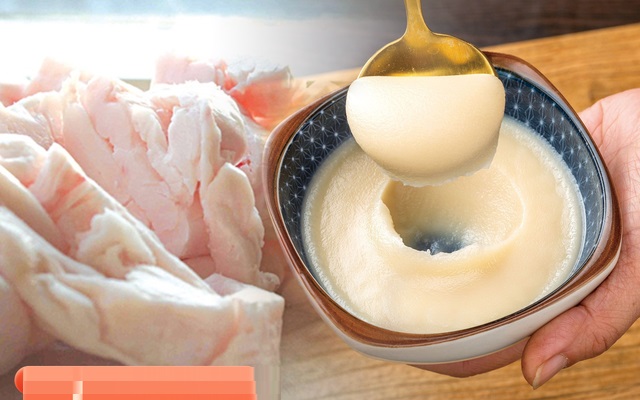
Here are some other undeniable benefits of using lard in cooking:
Achieve the perfect crispy fry
The composition of lard plays a role in creating the perfect crispy fry. Its higher saturated fat content compared to other cooking oils helps create a stable frying environment.
This stability helps create a crisp exterior while keeping the food moist, resulting in a flavorful and delicious interior.
Whether you’re frying chicken, potatoes, or donuts, lard can help you achieve that perfect fry. Its unique properties ensure that the food is evenly cooked, with a satisfying crunch in every bite.
Tips for rendering white and long-lasting lard
Preparation
Choose the fat layer from the back of the pig to render the best lard. There are two layers, and there is a small line of tissue in the middle. Cut the fat evenly, either into long pieces or slightly larger pieces as they will shrink when rendered.
To render the lard, you’ll need a small bowl of water. Add dried shallots, ginger during preparation, and a little salt for a flavorful and delicious crackling.
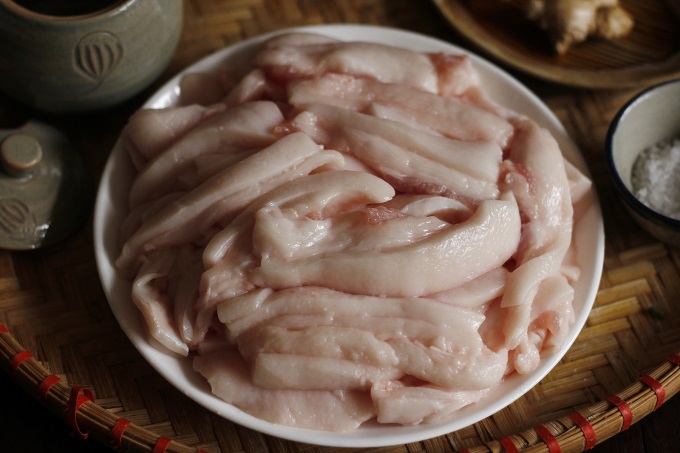
Cooking
Bring a pot of water to a boil, crush a piece of ginger and a dried shallot, then blanch the fat in the boiling water and skim off any impurities. This process helps remove impurities and effectively eliminates odor, resulting in fragrant lard after rendering.
Place the cleaned lard in a pan and add a small bowl of water. Turn on the heat and render the lard over medium heat. Rendering the lard with water prevents oil splatter and helps keep the lard clear. Stirring constantly, the water will evaporate, and the lard will gradually release its liquid. If you are using it for white crusts (bao buns, dumplings), strain some of the clear liquid and set it aside in a porcelain or glass jar.
Continue rendering the remaining lard over medium heat, stirring constantly. When the lard turns slightly golden and reaches about 90% render, add dried shallots (peeled) to enhance the fragrance of the lard. When the shallots turn golden, the lard is fully rendered. Skim off the crackling to a separate container. Transfer the lard to a jar or bottle, seal it, and store it for up to a month. In cold weather, the lard will solidify and turn white.
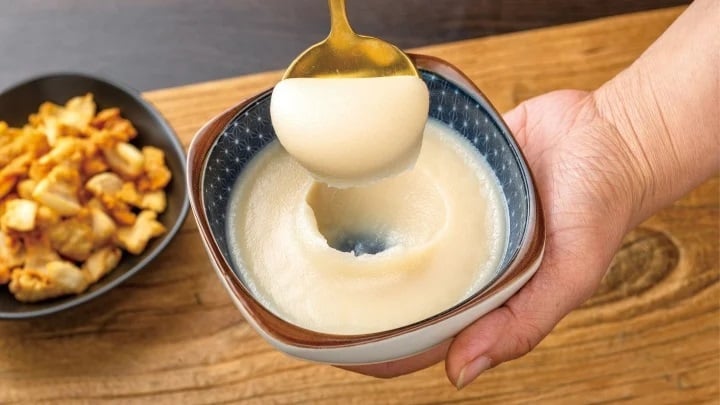
The crackling is golden and crispy, making it perfect for various delicious dishes such as fried rice with pickled crackling, tomato braised crackling, which are deeply rooted in Northern Vietnamese cuisine. The crackling can also be used for making sweet crackling, or spicy garlic fish sauce crackling, a popular dish in Southern Vietnam.
Finished requirements
The lard should be clear and solid like cotton when cold (or when refrigerated). Lard contributes to the delicious flavor of many dishes such as Lã Vọng fish cake (Hanoi), fried rice, or stir-fries.

























